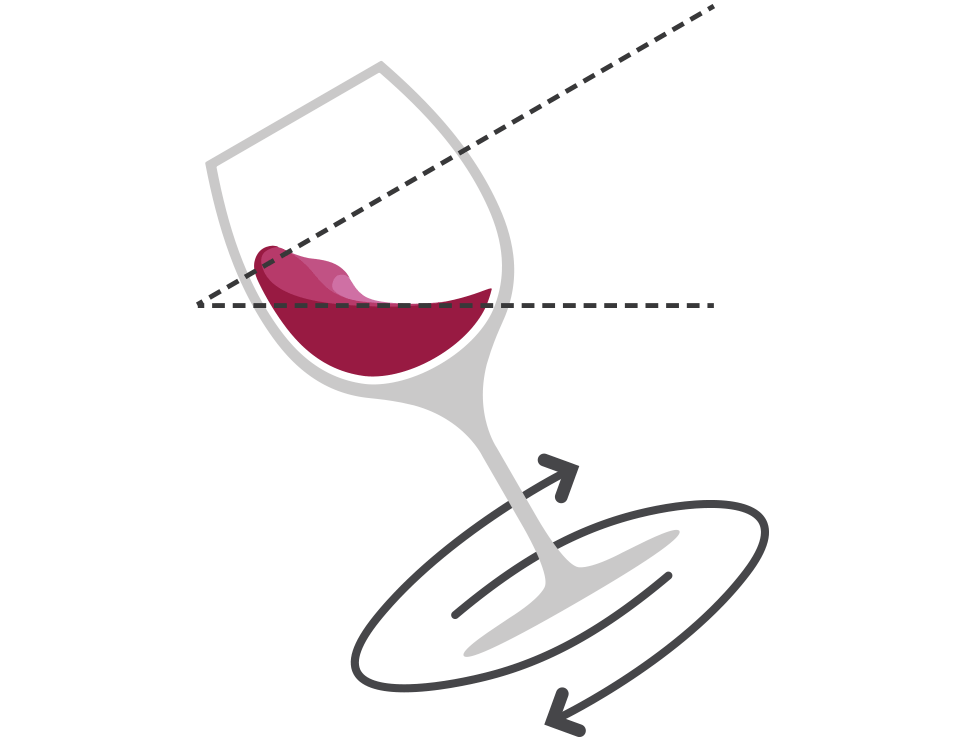
Check first for brightness. How does it reflect light? These are the terms used for describing the scale of brightness:
Next, take a look at the viscosity — or thickness — of the wine to deduce alcohol and sugar content. Finally, observe the wine's behavior when swirled. Are there legs or tears left on the glass? That's when there are small streams of liquid on the inside of the glass after a wine is swirled. If so, it can mean that wine has a higher alcohol level.
From here, pay attention to the color of the wine. White wine colors are usually described as straw, yellow, gold or brown. Below, we've broken them into three categories. Pink wines range from pink to salmon. We have one category, below. Red colors are often described as being purple, ruby or garnet. We have two red color categories below, and finish with a dessert grouping.
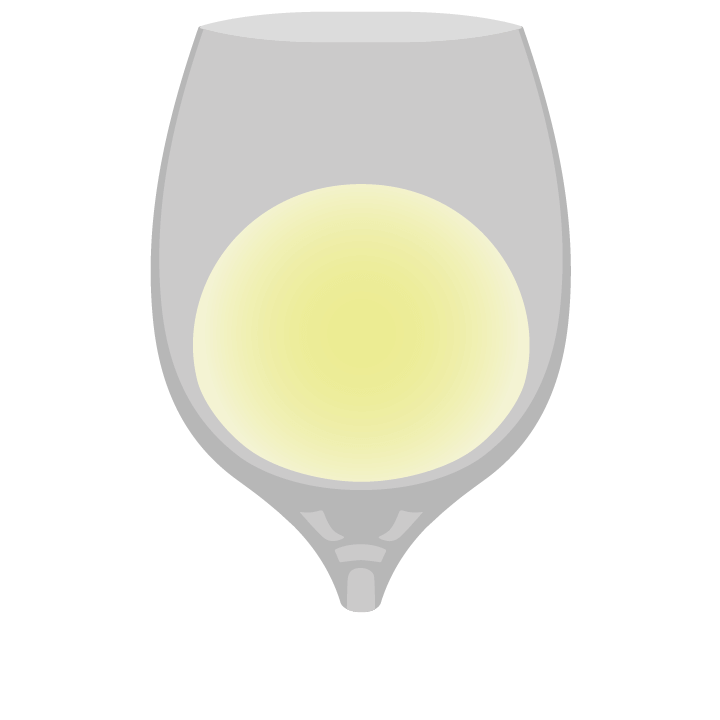
Often, these are young wines, not aged in oak.
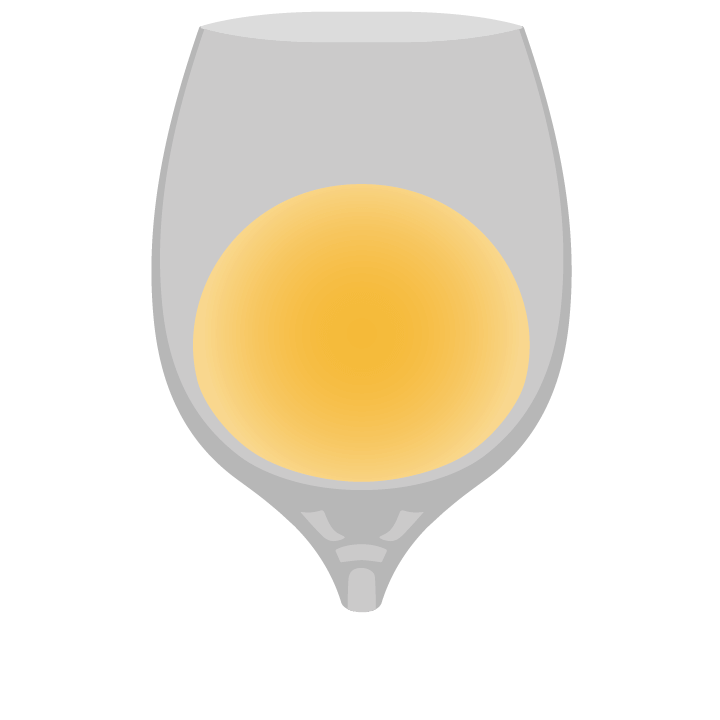
These wines could be young, but could also have color from aging or sugars.
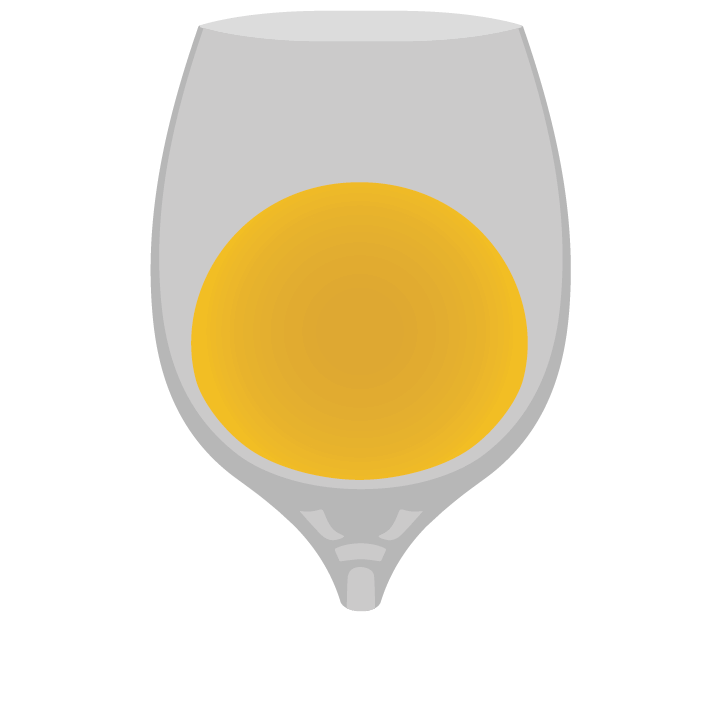
Whites with more sweetness and age are a deep, rich yellow.
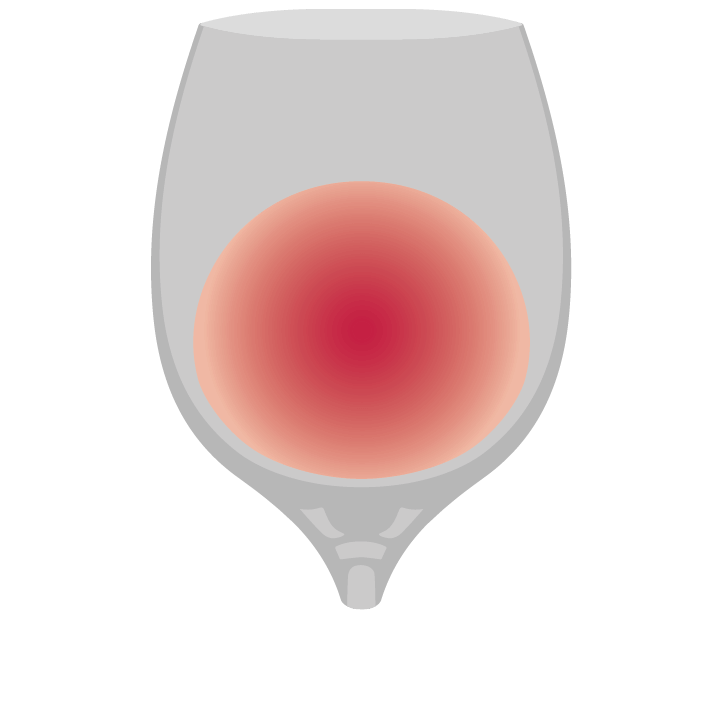
Rosé wines use the same grapes as red wines but are produced differently. The brief contact with red wine skin creates the pink and salmon colors. Lighter rosé can taste of grapefruit, while deeper color can be berry.
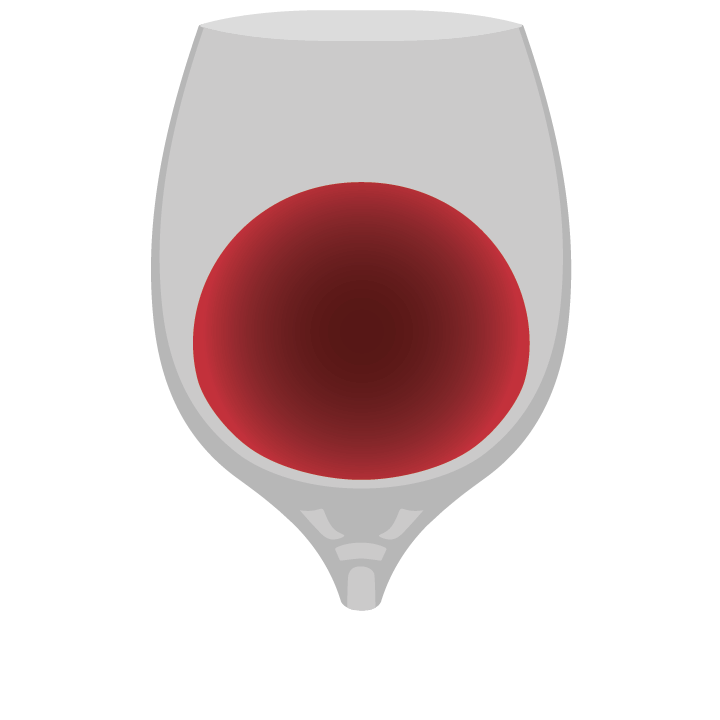
Color variation can mean age, variety or both. Ruby wines are young or are from lighter colored grapes, like a Pinot Noir. Garnet red can be a "medium" red wine like Merlot, or a mature Tempranillo.
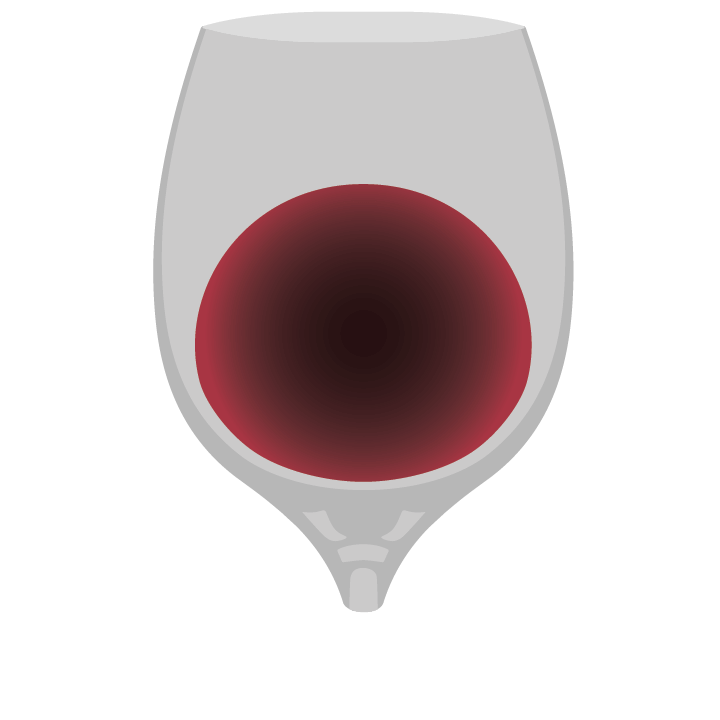
These full wines offer maturity and intensity like a Cabernet Sauvignon and Syrah.
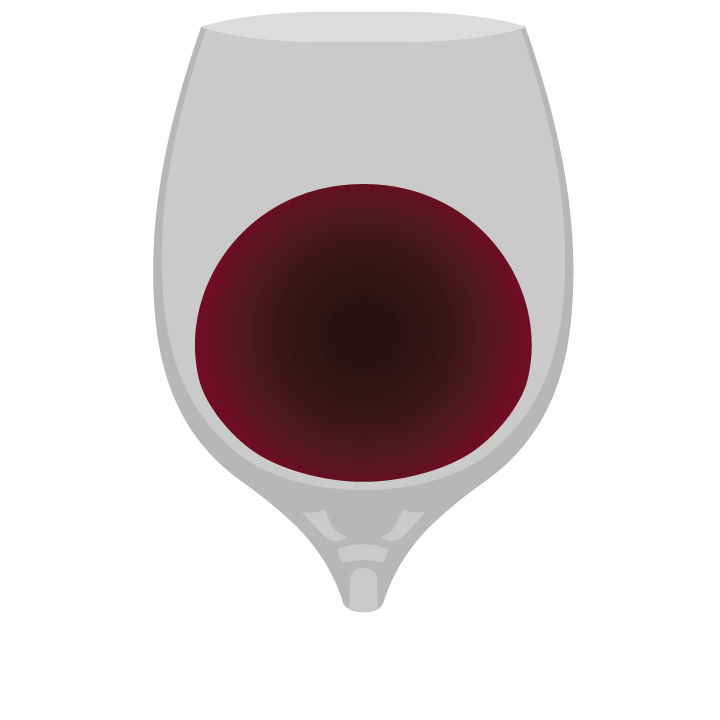
Dessert, sweet and very old wines can have a tan or tawny hue.